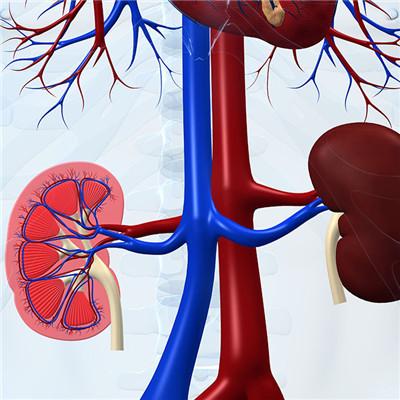How is polycystic kidney diagnosed
summary
Now polycystic kidney is not a rare disease, and because some people have bad living habits, some people will suffer from polycystic kidney, which endangers their lives. Let's talk about how to make a diagnosis of polycystic kidney.
How is polycystic kidney diagnosed
First: urine routine: no abnormality in the early stage, microscopic hematuria in the middle and late stage, and proteinuria in some patients. There are white blood cells and purulent cells when accompanied with stone and infection.
Second: urine osmotic pressure measurement: when there are only a few cysts in the early stage of the disease, the renal concentrating function may be damaged, which indicates that the change is not completely related to the destruction of renal structure, and may be related to the adverse reaction of kidney to antidiuretic hormone. The decrease of renal concentration function preceded the decrease of glomerular filtration rate.
Third: serum creatinine: with the loss of renal compensatory capacity showed a progressive increase. Creatinine clearance rate is a sensitive index.
matters needing attention
IVP: the renal pelvis and calyces showed signs of compression and deformation. The shape of renal pelvis and calyces was peculiar and spider shaped. The renal calyces was flat and wide, and the calyces neck was elongated and thin, often curved. B-ultrasound: there are many dark areas in both kidneys. CT: both kidneys were enlarged and lobulated, with most thin-walled cysts filled with fluid. These methods can be diagnosed












